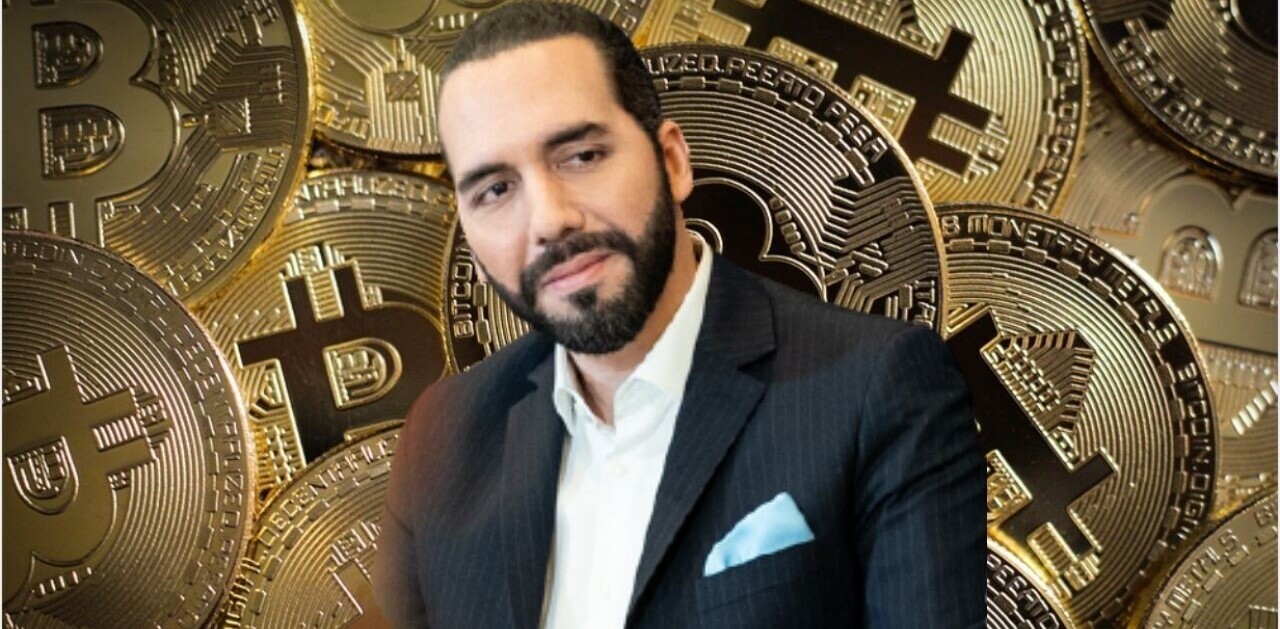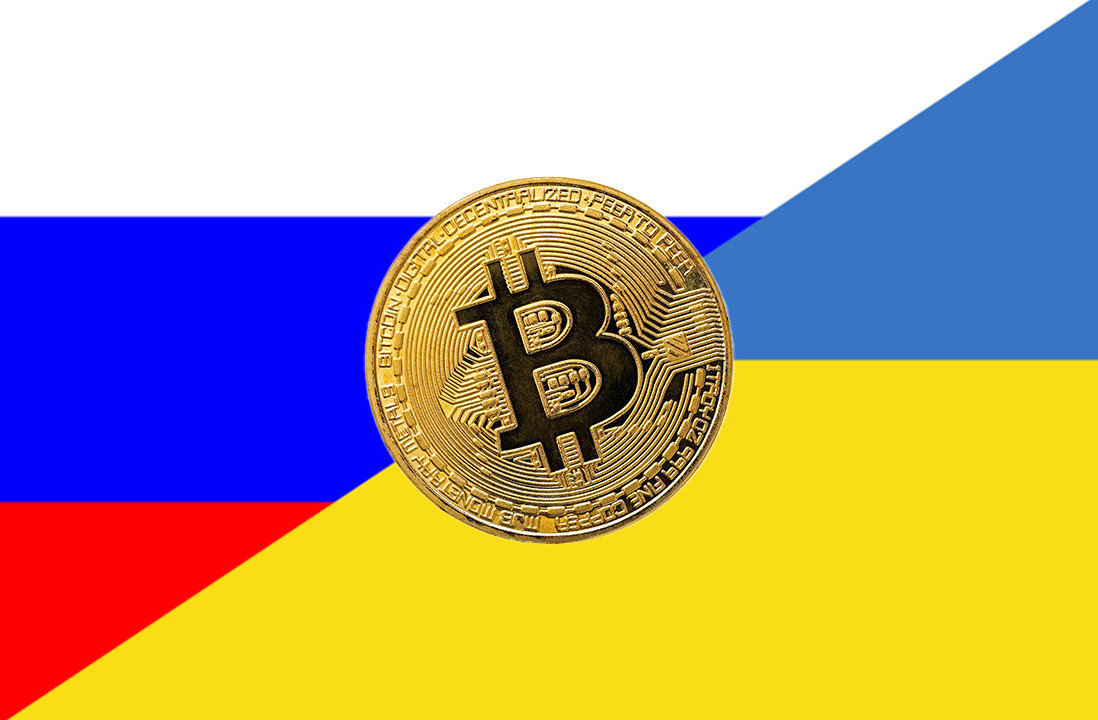
Bitcoin, the infamous pseudonymous cryptocurrency with no centralized authority, has had a tumultuous history so far. In 2011, especially, the currency hit new highs and lows – with its US exchange rate going as high as the $30 region and as low as $2 – and reacted sharply to every piece of media coverage, both positive and negative, and every scandal or fraud happening on the fringes of the Bitcoin economy.
As the bubble burst and its value started dropping, many pundits predicted that it was the end for Bitcoin, a short-lived fad that would be forgotten like so many Zunes or MySpace profiles.
Those who stuck around to find out what was happening saw a different story. Bitcoin’s value had been inflated to unsustainable heights by the frenzy of coverage and the gold rush to get in before the generation of new coins was slowed even further, and the crash to the $2 region was a correction of that. The currency has since worked itself back to the $10 region, where it is currently facing some resistance but is sitting in a sensible position.
Recently, we’ve seen as much as 14 million BTC moving around the network in a day. This isn’t normal behavior yet. What’s significant is that in a day the entire economy was moved around 1.4 times — there are only 10 million Bitcoins in existence. At this peak, Bitcoin users are spending just over US$144 million in a day using recent exchange rates.

Graph courtesy of Blockchain.
As these peaks eventually become norms, based on Bitcoin’s upward trend, we’ll see $52.5 billion being moved per year. Apple, the most valuable company in the world, made just over double that at $108 billion in 2011, for reference.
That’s a pretty good argument to put to those who think that Bitcoin is dead or dying.
Many accuse Bitcoin of thriving solely on sales of illegal wares, and this is certainly a problem with the currency. It’s hard to say how much of that money being moved around is for drugs, firearms and other contraband or illegal services, but it certainly isn’t the only active use case for Bitcoins, and probably doesn’t make up the majority. It is, in some respects, a good sign – those who want to work outside of more traditional, policed systems often use revolutionary new technology for nefarious purposes, before it becomes accepted by the mainstream.
Developer and Bitcoin evangelist Julian Noble pointed out, in an interview with TNW, a number of legitimate ways Bitcoin is currently being used in transactions. Virtual private networks, legal online gambling, Bitcoin mining equipment and even tea make the list.
He notes that Roger Ver of memorydealers, a computer parts dealer, has indicated that he uses Bitcoin to pay suppliers in China.
“Supply-chain transactions of this sort between entities who already have a business relationship will be a steadily growing use case for Bitcoins,” said Noble. “It cuts down on transaction costs, and offers high-speed settlement.”
While Bitcoin offers numerous benefits in such arrangements, it does require that the two parties have a certain amount of trust for each other given the decentralized – not to mention “alternative” – nature of the currency.
By the same token, it’s a great alternative to traditional, cumbersome banking systems in the distributed workforce. The Next Web, for example, has a team that is scattered around the globe. Moving money from country to country by an international money transfer not only exposes parties to risk as exchange rates fluctuate but can take up to 10 days to get from point A to B. Bitcoin would make the process incredibly fast and that would fix many problems with payment delays and reduce the window of time for exchange rate changes to diminish the value of the final payment.
But there is no denying the fact that even if Bitcoin is growing and becoming more stable, there is still some volatility in the market.
“Bitcoin is far more stable than it was a year ago, and it’s likely it’ll be far more stable in another year. The volatility is due to the fact that Bitcoin is new, and the market is shallow,” says Erik Voorhees, a Bitcoin entrepreneur who is widely respected in the community, in an interview.
The key to furthering stability is increasing adoption. As more people become invested in the system, it will experience less radical, sudden shifts in value in response to external stimuli, and so it seems the onus is on Bitcoin evangelists and merchants.
“As adoption increases, it will become more stable. People are waiting to see whether Bitcoin is going to be worthless, or worth thousands of dollars,” says Voorhees.
The early adopters may stand to gain the most, or conversely to lose the most. “The process of price discovery – of finding the appropriate price for something so revolutionary – is not for the weak-minded.”
Noble holds a similar view. “It’s still prone to the odd bout of bullish exuberance when the network gets ahead of itself and subsequent sharp corrections as some reasonably large holders sell into that.”
Bitcoin users are starting to feel out the boundaries of the system, giving them better information and more confidence to make informed trades. “Having hit a bottom price of $2.x, many Bitcoiners saw (and took part in) the strong buying pressure at those levels. This gives many the feeling that this is some sort of floor at which, at the very least, the die-hard enthusiasts will be buying in en-masse.”

Of course, we are some way from employees willingly taking their salary in Bitcoin in all but the most radical organizations, but this might not be the case for long. Services like BitInstant are essential to changing the resistance.
“BitInstant specifically helps bridge the gap between the “normal world” and the world of Bitcoin,” says Voorhees, who is on the BitInstant team. “The easier it is to move in and out of Bitcoin, the more attractive the entire system becomes.”
Voorhees hints at big announcements, but says BitInstant has already spilled too many details on their upcoming debit card. “I can tell you that within several weeks, people will be able to exchange Bitcoin for cash in over a hundred countries instantly.”
For major retailers or employers to even look at supporting Bitcoin, another kind of support for the currency must be announced.
“The single most important event is for a government like the US to issue a statement regarding how Bitcoin will be treated legally. Once companies know the legal status of Bitcoin – whether it will be treated as a currency, a commodity, or something new – that will then enable them to really dive into it and utilize the currency for their benefit,” says Voorhees.
“Amazon won’t touch Bitcoin until the legal precedent is set. When it happens, watch out.”
As BitInstant and others work on mainstreaming Bitcoin, the “Bitcoin cottage industry” that already exists is growing at a fast pace.
“Growth in number of merchants appears to be steady. Bitcoin payment intermediary BitPay report that it is constantly signing up new merchants,” says Noble. “It’s hard to know the growth rate of Bitcoin users – but from forum signup numbers, it appears to be steady, but probably linear. Approximately 2,000 new members signed up to bitcointalk.org each month over the past 12 months.”

Payment intermediaries such as BitPay might seem strange given the nature of Bitcoin, but Noble flags it as another reason Bitcoin’s merchant offering could grow.
“BitPay allows the merchant to take out the instability factor by immediate conversion of part or all of their takings to USD, and many merchants just aren’t interested in dealing with any technical issues involved with Bitcoin merchant setup at this stage.”
Consumer tools are becoming more polished, too. Coinbase, which recently presented at Y Combinator’s Demo Day, serves as a hosted Bitcoin wallet. Coinbase called itself the “PayPal of Bitcoin”, simplifying the process of sending and receiving and even (soon) purchasing Bitcoins. It promises that payments will arrive in just seconds – Bitcoin transactions can take minutes using the network itself – though they are confirmed “within the hour,” and a business model is built in with a low 0.5% transaction fee when buying Bitcoin via bank account transfer.
Coinbase solves a few problems. Firstly, a hosted wallet is to your bank what Bitcoin is to your real-world money. Just as with storing your money in a mattress, storing your Bitcoins on your own machine makes them prone to loss. Your hard drive could die without a backup, you could face a security breach, and the list goes on. While banks and Coinbase aren’t bulletproof, it is much less likely you’ll lose everything – assuming that the Coinbase team takes security as seriously as your bank does.
Secondly, Coinbase could be the startup that shows users how to understand Bitcoin. The interface is a nice alternative to some of the desktop clients, which are generally bare bones and poorly designed. As an example of Coinbase’s user-friendly approach, it allows you to send, receive and request Bitcoins from others identified by their email address, instead of a daunting alpha-numerical string that could be enough to scare first time users off normally.
This does have ramifications for the pseudonymous nature of Bitcoin but one would imagine anyone who needs to use that aspect of the currency would know the tools appropriate for them.
Y Combinator invested in Coinbase, which is perhaps the most significant milestone in the story. This means we’ve entered an age where we are seeing startup incubators and venture capitalists plunge American dollars into ventures that will serve the Bitcoin economy.

When I spoke to Julian Noble, I assumed that one of the great hurdles Bitcoin would need to overcome was the trust and security issue. I imagined trusted third parties would build frameworks for holding merchants accountable, doing background checks on them and issuing stamps of approval.
“Bitcoin inverts the trust relationship between merchant and consumer,” said Noble. “With credit cards or PayPal, the consumer can generally issue a chargeback. This provides little incentive for consumers to be careful about who they deal with, and the resultant cost is borne by the honest merchants via fees.”
In the Bitcoin world, consumers can’t defraud the merchant by issuing a chargeback – which also removes a protection familiar from the real-world system, a system that is generally very much consumer-biased. This means consumers need to know they can trust a merchant and do the appropriate checking around that. Conversely, it also means merchants will go to greater lengths to prove that they can be trusted: customer service, a focus on reputation and ability to deliver, and compliance with all sorts of best practices will follow.
Instead of producing solutions to trust and security problems, the main challenge to mainstream adoption will be getting people to think about the way they choose retailers differently. The mindset needs to shift from one that depends on “the system” to right all wrongs, to one where people feel responsible for how they spend their money, and take ownership when things go awry.
That doesn’t mean no such solutions will appear, and in fact there are already some (in fact, there’s been time enough for some to fold, too). Bitcoinary is a way to exchange Bitcoins – similar to Coinbase with its PayPal equivalent aspirations – but also includes a reputation system for judging the trustworthiness of others based on their transaction history.
The danger with reputation systems is that it becomes increasingly more difficult for new users with a ground floor rating to break into the market, and there will need to be other ways for those without a history to get the stamp of approval.
Bitcoin has had its fair share of teething problems. People have lost and made money in significant sums in the process. The Bitcoin way turns many of our beliefs and assumptions about money – and the social implications of money – on their head, so it’s no surprise that we have a hard time accepting it and are eager to pronounce it dead.
But it’s anything but dead. It’s growing, and the ecosystem around it is growing too. With BitInstant, we’re going to see greater integration between traditional currencies and Bitcoin. With Coinbase, we’re seeing a confusing process made simple. More merchants and more consumers are signing up every day, and more value is being traded in the system all the time.
You might not like Bitcoin, but it’s not going away. At this stage, it is still weak enough to be permanently sidelined by a few potential major events, such as a government decree that goes against Bitcoin, but the future is looking optimistic. Who knows — one day, Bitcoin may replace the traditional banking system as we know it, and become the new de facto for sending and receiving value.
Image Credit: Zach Copley, Adam Crowe, Zach Copley, Zach Copley
Get the TNW newsletter
Get the most important tech news in your inbox each week.




